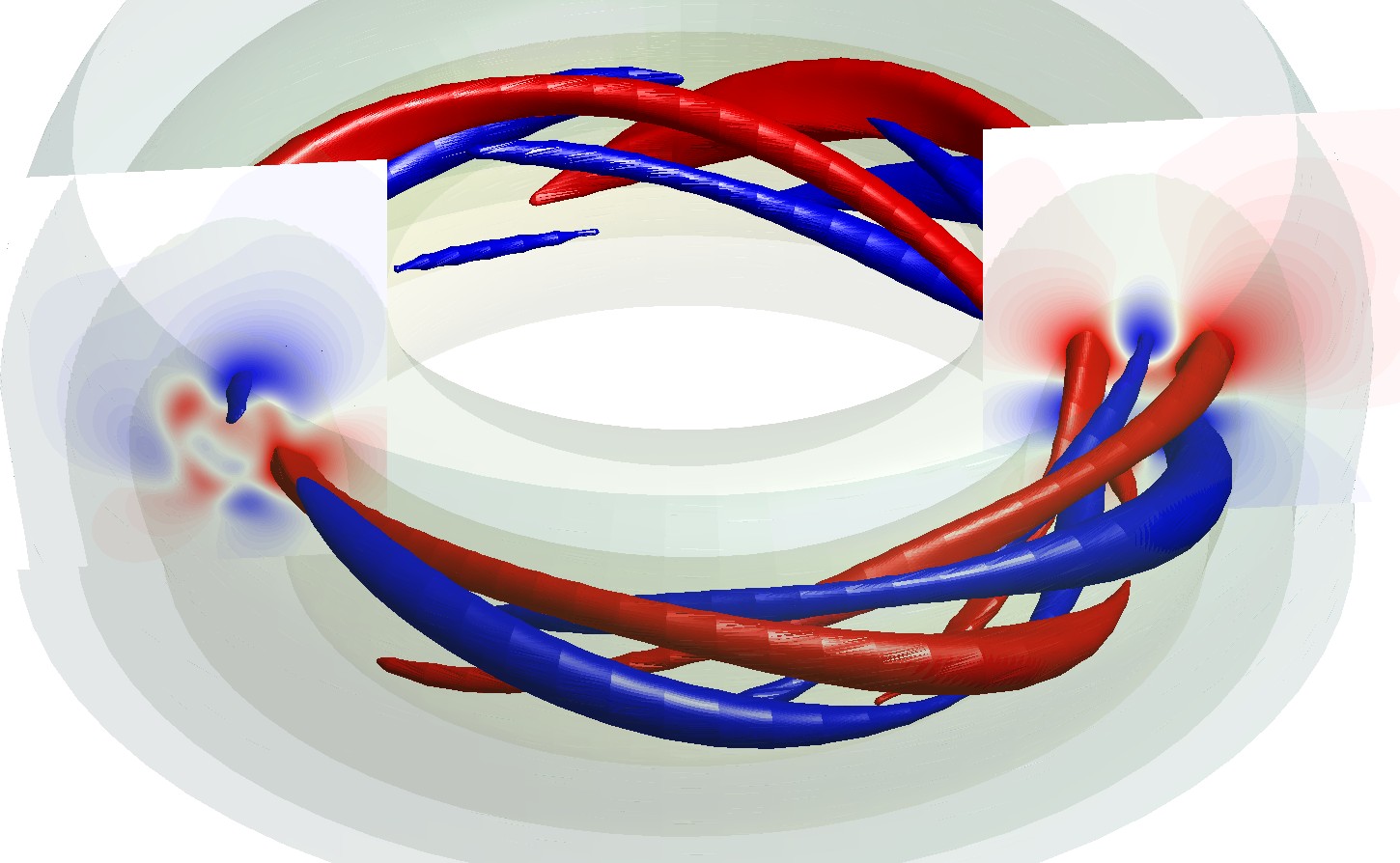Visualisation software for M3D-C1
M3D-C1 is the state-of-the-art for performing non-linear 3D resistive MHD simulations of tokamaks. I was using it to model VDE and disruptions during my postdoc at PPPL with more or less success. One really annoying thing was the lack of visualisation tools, especially for probing the 3D components of the plasma evolution. I thus developed a set of tools (Matlab package) to reconstruct the data from M3D-C1 native output (Finite

